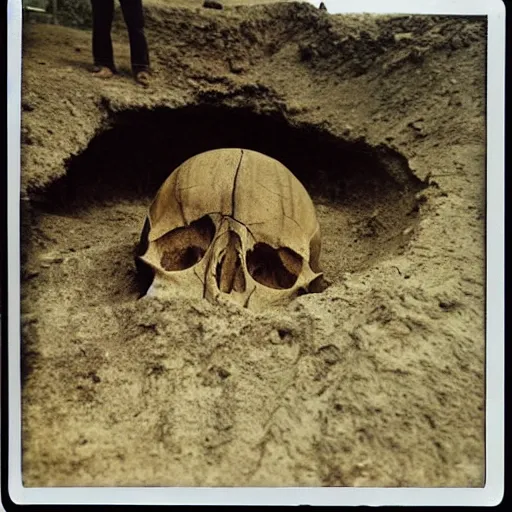In a remarkable turn of events, a team of paleontologists has uncovered a giant skull in a remote desert region, igniting excitement and intrigue within the scientific community. This unprecedented find, believed to be from a previously unknown species, challenges existing theories about prehistoric life.

The discovery occurred during an excavation project aimed at studying ancient ecosystems. As the team meticulously sifted through layers of sediment, they unearthed the massive skull, measuring nearly three feet in length. Initial analyses suggest that it may belong to a large terrestrial creature that roamed the Earth millions of years ago.td

Experts are now racing against time to conduct further examinations. Preliminary studies indicate unique features in the skull’s structure, hinting at adaptations that could provide insights into its lifestyle and habitat. This finding could potentially reshape our understanding of evolutionary biology and the diversity of life forms that existed in ancient environments.

The implications of this discovery extend beyond paleontology. It raises questions about the interactions between species and the ecological dynamics of the time. As researchers delve deeper into their findings, the world eagerly awaits more revelations about this colossal creature and what it means for our understanding of Earth’s history.

With the excitement surrounding the discovery, many hope it will inspire a renewed interest in paleontological research and conservation efforts to protect existing fossil sites. As scientists prepare for further excavation, one thing is clear: this giant skull has opened a new chapter in the story of life on Earth.td